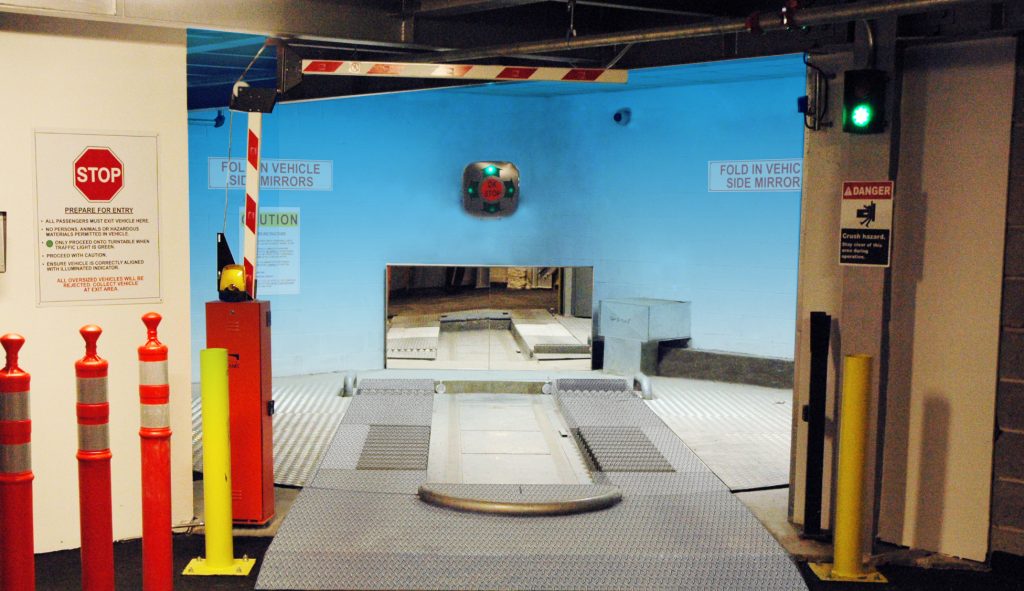One York Residences in Tribeca, New York City, designed by noted architect Enrique Norten of Ten Arquitectos New York, houses the first technically advanced pallet-less high density vehicle storage system in the USA. Computerized shuttle devices transport vehicles to designated parking stalls, providing a safer and sustainable approach to the urban parking environment through ecologically responsible space utilization, energy efficiency and reduced fuel emissions compared to conventional garages. One York a high end reidential condo development
“Everyone loves it,” says Stan Perelman of Jani Real Estate, developers of One York. “It’s super-efficient and we’re looking now at doing a couple more just like this one.”

Residents simply drive into the garage, lock their vehicle, and swipe an access card to activate the robotic vehicle storage & retrieval system. The vehicle is transferred to a compact high density racking area for storage via shuttle devices that lift, lower and transport the vehicle under the wheels. Patrons no longer need to hunt for parking spaces in intimidating garages, risk damage to vehicles by others, or be concerned about vehicle and property theft. The AutoPark system provides a safe and convenient localized collection/drop-off station, with limited controlled access to the storage area for maintenance personnel. The development needed parking spaces and could only get a maximum of 8-10, the Automated Rack and Rail system allowed One York to achieve a total of 40 parking spaces.

Automated vehicle parking in the USA is projected to grow at an advanced rate due to economic and environmental benefits. “Automated vehicle storage systems are presently changing the built-environment’s approach to conventional parking, offering cost saving advantages, environmental and social benefits to resolving the needs of the garage”, explained Ryan Astrup, Director at PARKPLUS.

Widespread acceptance of Automated Parking systems in the USA is following European and Asian solutions to dense urban development and spatial constraints. The demand for high density parking systems has forced a conventional garage to become an efficient and more sustainable structure, and applications of these technologies have been accepted as advancement in parking trends.



 844-472-7575
844-472-7575
